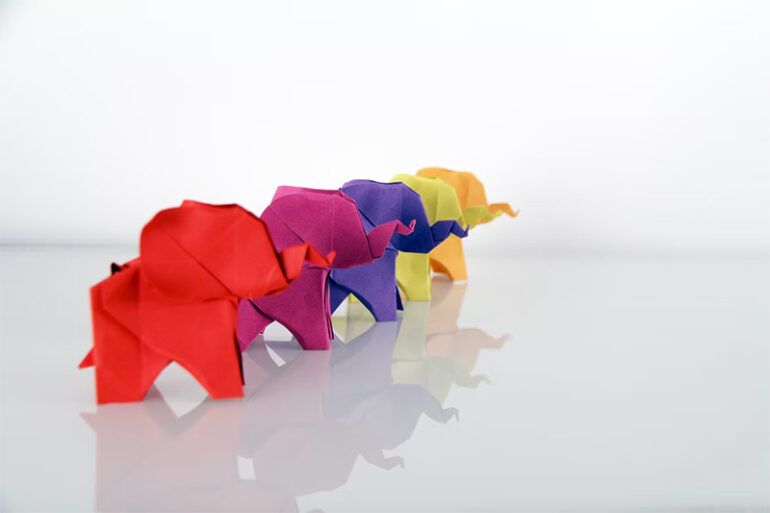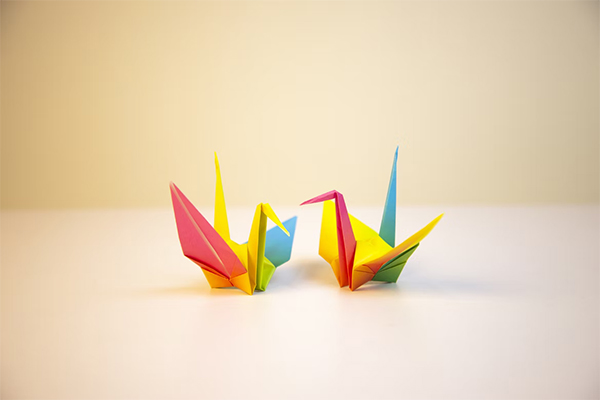Japan is a land of incredible beauty. Whether it is the cherry blossoms falling in autumn or the rising sun every morning, the country has magnificent sights. It is not surprising that several art forms developed in the country. For example, while flower arranging is a recognized art in other countries, Japan has elevated ikebana into something more profound than a gift to a potential mate. There are easy ways to jump into exploring Japanese art. One of these is origami. Here is a closer look at this paper-folding art.
A quick history
Origami had to start somewhere. Surprisingly the beginnings of this Japanese art may be in China. The Chinese were the first to make paper. They introduced it into general usage in 105 C.E. as a tool for government officials. It then spread out into neighboring Asian countries like Korea and Japan through Buddhist missionaries. Folding paper into shapes could be something that a bored Chinese scholar did and the idea spread around similarly.
However, it was in Japan that origami fully developed. The earliest mention of the art of paper folding was in 1680. The art developed quietly but consistently from there. Soon, an instruction manual for origami saw publication in 1797. Origami techniques and styles developed since then, with some stunning creations in the 20th and 21st centuries.
Starting out
All you need is a piece of paper to start origami. Unlike the more expensive Japanese arts like kintsugi, which requires gold and pottery, you can begin folding your paper creations at any time. There are hundreds of excellent resources out there. For example, you can buy a simple booklet of origami instructions on Amazon. If you don’t want to spend a thing, the Internet can provide you with various designs. Simply look for online resources and you’ll soon find a website or a Youtube channel to guide you through things.
What makes origami wonderful
There are several benefits to developing origami skills. For younger people, it allows the honing of motor skills. The sensation of fingers on paper excites the brain and can lead to brain development. Creativity can also blossom if you start experimenting with the various available folds. Go beyond the standard instructions to find different unique forms and shapes. Concentration and spatial awareness also get a boost. Paper folding requires attention and knowing the exact paper interactions.
Going beyond paper
Origami is not only for paper either. Knowing the various folds and bends that you can do to paper can inspire you for other materials. Designers have taken inspiration from origami to fold and bend various products. Collapsible tents and compact suitcases are the results. Think about what you can do with your folding skills and they can surprise you.
Origami is a very interesting way to experience Japanese art. It is inexpensive and easy to get into. Learn a few basic folds and they can quickly move on to more complex instruction. Soon, you’ll be able to show people the many wondrous possibilities that a simple sheet of paper can offer.
Photo Attribution:
1st and featured images by https://unsplash.com/photos/8_gkUyhgezU
2nd image by https://unsplash.com/photos/Ay7Nkvc49ag

